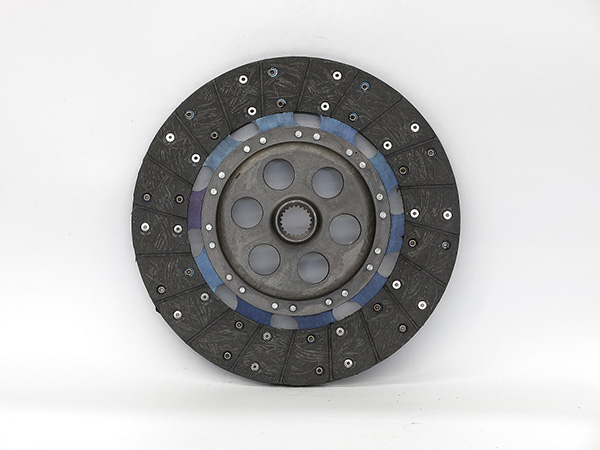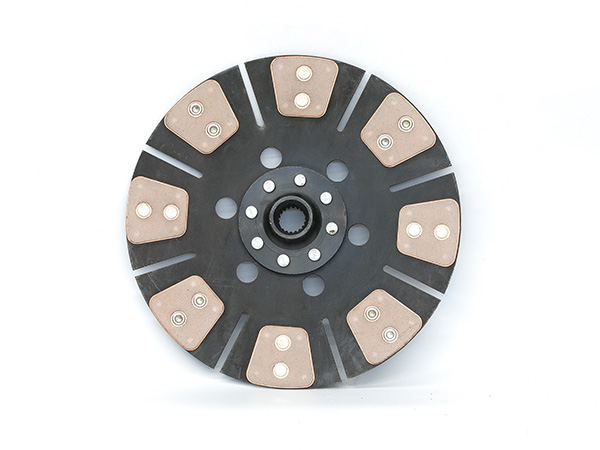Friction discs, also known as clutch discs, are used in a wide range of mechanical systems to transmit power and motion between rotating components. There are several different materials that are commonly used for friction discs, depending on the application and performance requirements. Here are some of the most common friction disc materials:
Organic materials
Organic friction discs are made from materials such as paper, cellulose, and kevlar. They are often used in automotive applications, such as in clutches and brake systems, and are known for their smooth engagement and quiet operation.

Ceramic materials
Ceramic friction discs are made from materials such as silicon carbide and aluminum oxide. They are used in high-performance and heavy-duty applications, such as in racing cars, industrial equipment, and agricultural machinery, where high levels of torque and heat resistance are required.
Metallic materials
Metallic friction discs are made from materials such as steel and bronze. They are used in applications that require high torque and power transmission, such as in heavy machinery and industrial equipment.

Sintered materials
Sintered friction discs are made from powdered metals that are compressed and heated to create a solid material. They are known for their high durability, resistance to wear, and ability to handle high levels of heat and torque.
Carbon materials
Carbon friction discs are made from a composite material that includes carbon fibers and resin. They are used in high-performance applications, such as in racing cars and aerospace systems, where high levels of torque and heat resistance are required.
The choice of friction disc material will depend on a variety of factors, including the application, the level of performance required, and the specific characteristics of the material, such as its durability, heat resistance, and ability to transmit torque.


